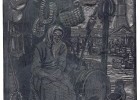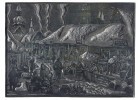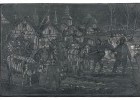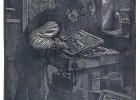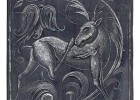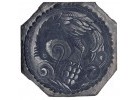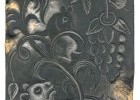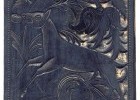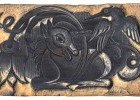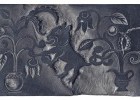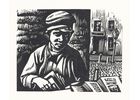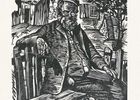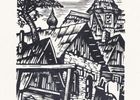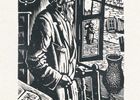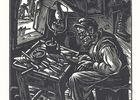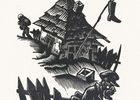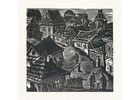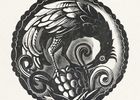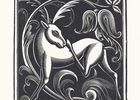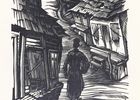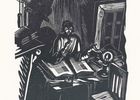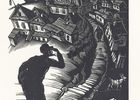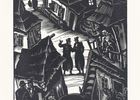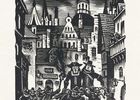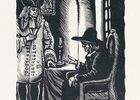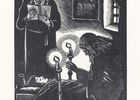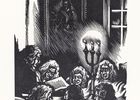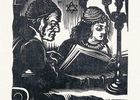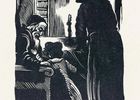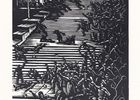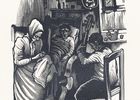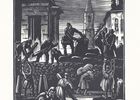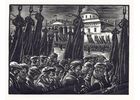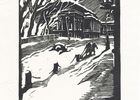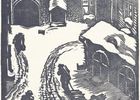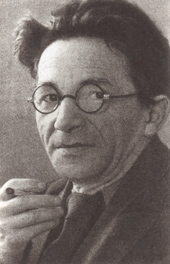
Graphic artist,
illustrator, scholar of Jewish folk art.
He studied at Ieguda Pen’s School of Drawing and Painting in Vitebsk (1906-1910), the Drawing School with the Society for the Encouragement of Arts in St. Petersburg (1910-1913), the studios of Mikhail Bernshtein and Mstislav Dobuzhinsky (1911-1913), the Institute for Arts and Practice in Vitebsk (1919–1922). He participated in the Jewish Renaissance movement that studied Jewish antiquities, traditions and way of life. To this end, he went on ethnographic expeditions under Semyon Rappoport (alias S. An-sky) organised by the Jewish Historic and Ethnographic Society (1912–1914). Yudovin taught at the Art School and the Jewish Teacher Training School in Vitebsk (1918-1923). In 1923, he moved to St. Petersburg where he was custodian and academic secretary of the Jewish Museum founded by the Jewish Historic and Ethnographic Society (1923-1928), took part in Jewish artists’ exhibitions in Moscow (1916), St. Petersburg (1917), Vitebsk (1918), etc. Working in various print graphics techniques, he preferred xylography and linoleum engraving. He created the “Jewish Folk Ornament” album comprising 26 linocuts (1926) based on ethnographic studies. In the 1920s, Solomon Yudovin created a linocut series of Vitebsk landscapes, genre scenes and portraits of its people entitled Byloye [“Yeasteryear”].
In the 1930s-1940s, he focused mainly on genre prints and illustrations to books by Jewish authors – U Dnepra [“At the Dnieper”] (1933) by David Bergelson, Puteshestiye Veniamina III [“The Trip by Benjamin III”] by Mendele Moicher Sforim (1935), “Jew Suss” by Lion Feuchtwanger (1938–1939) and Istoricheskiye romany [“Historic novels”] by Olga Forsch (1949). In the 1930s, he continued his “Yesteryear” series (“Musicians Returning from a Wedding Party”, 1939, and others) and made prints based on the Jewish folk art motifs (“Two Bears Carrying Grapes”, 1940). During the war (WW II), he remained in besieged Leningrad to be later evacuated to Karabikha near Yaroslavl. He later created series of woodcuts and linocuts full of tragedy - Nekrasov’s Sites (1944), Leningrad during the Great Patriotic War (1948). Prints featuring besieged Leningrad were published as printed cards. Yudovin’s original prints featuring sights of St. Petersburg, the Admiralty, St. Isaac’s Cathedral, the Peter and Paul Fortress, the Nevsky Prospect, the sight of the Neva River from Strelka, the Arch of the General Headquarters and the Winter Palace enjoyed broad circulation. Yudovin was an outstanding artist and master of engraving. His art depicted, in a large measure, the specifics of life in Jewish shtetls (townships) and exemplified the existence of Jewish art in the space of Soviet reality.

